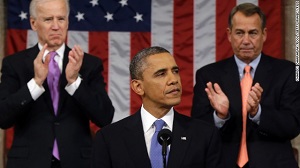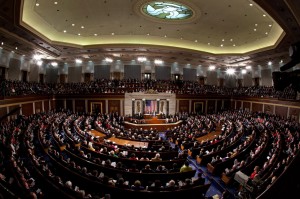
Tell Congress to send real dollars where the real needs are

Applause rang out from both sides of the aisle during the State of the Union last week when President Obama called for the ambitious, “bipartisan infrastructure plan” we need for a 21st century, “middle-class economy”. It’s time to get real about how we raise that money, and more importantly, how we should invest it.
While the President noted that workers are getting a welcome break with lower gas prices, he declined to call for applying some of that savings to making sure those workers can get to their jobs. He again floated the idea of relying instead on a one-time windfall from corporate tax reform, and now some key GOP counterparts seem warm to the idea.
The problem is that no such deal is likely before the transportation program expires and money runs out in May. And even if it were, we need more than a one-shot infusion.
Beyond that, we need a federal transportation bill that actually gets resources to local communities that are struggling to repair and expand transit, roads and bridges so people can get to work and goods can get to market. They need the latitude to fix bottlenecks and potholes and to innovate for the future, in accord with their residents’ priorities.
Tell your representatives: Act now to produce a bipartisan, long-term transportation bill with real money. The time for trial balloons and what-ifs is over.
Please send your representative a message to:
- Raise revenue to stabilize the Highway Trust Fund and spur economic growth. For the near term, increasing fuel fees that have lost a third of their value since the last increase in 1993 is the only sure bet.
- Ensure funds are flexible enough to spend on all modes of transportation. Let communities invest in whatever way will bring the biggest bang for the buck.
- Empower local communities with more control and resources. Local leaders are best able to identify the particular transportation investments to address their communities’ unique challenges.
Your member of Congress has a crucial opportunity to refocus the transportation program in ways that will boost local economies, maintain our existing infrastructure, and prepare for the future.




